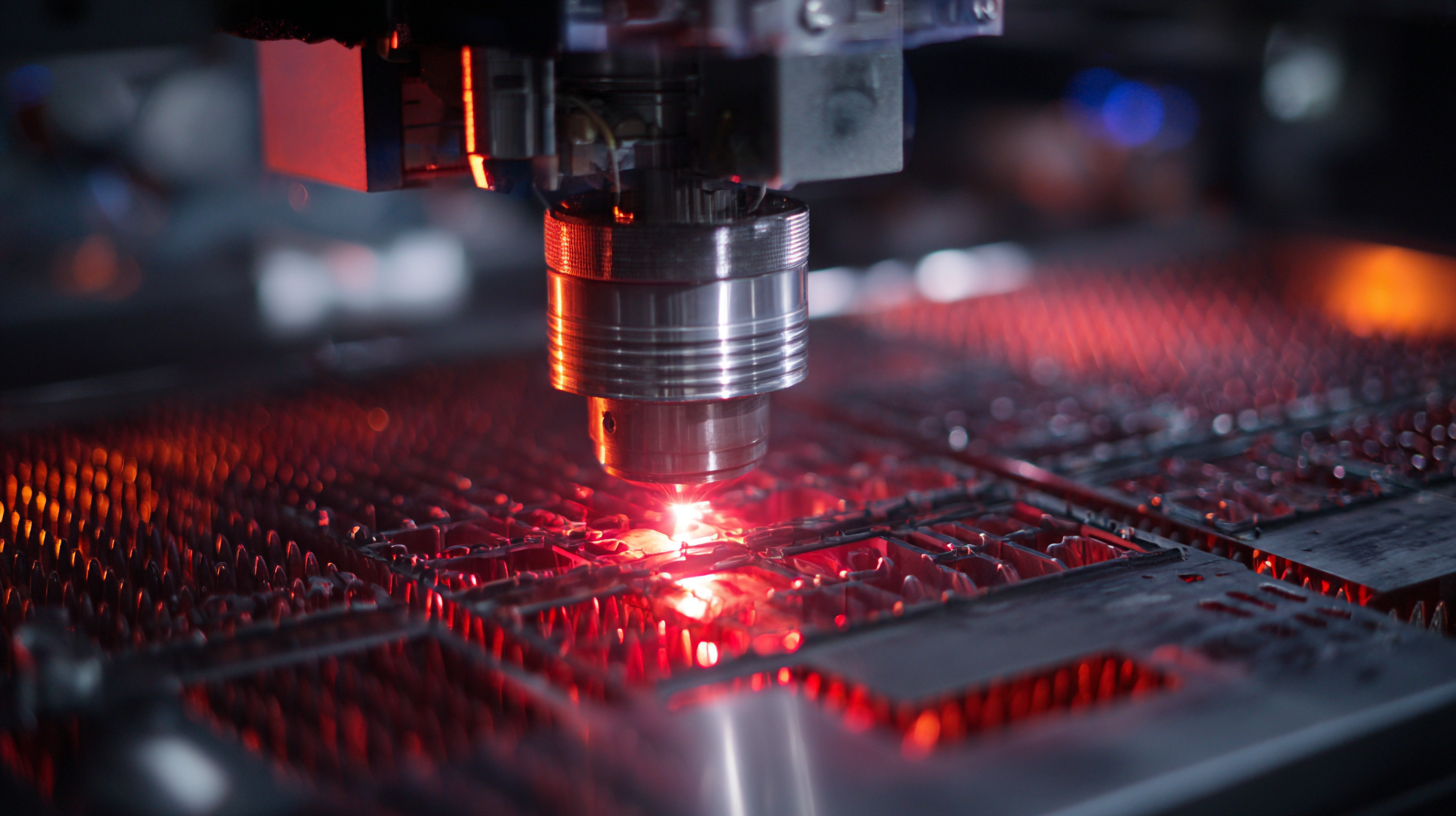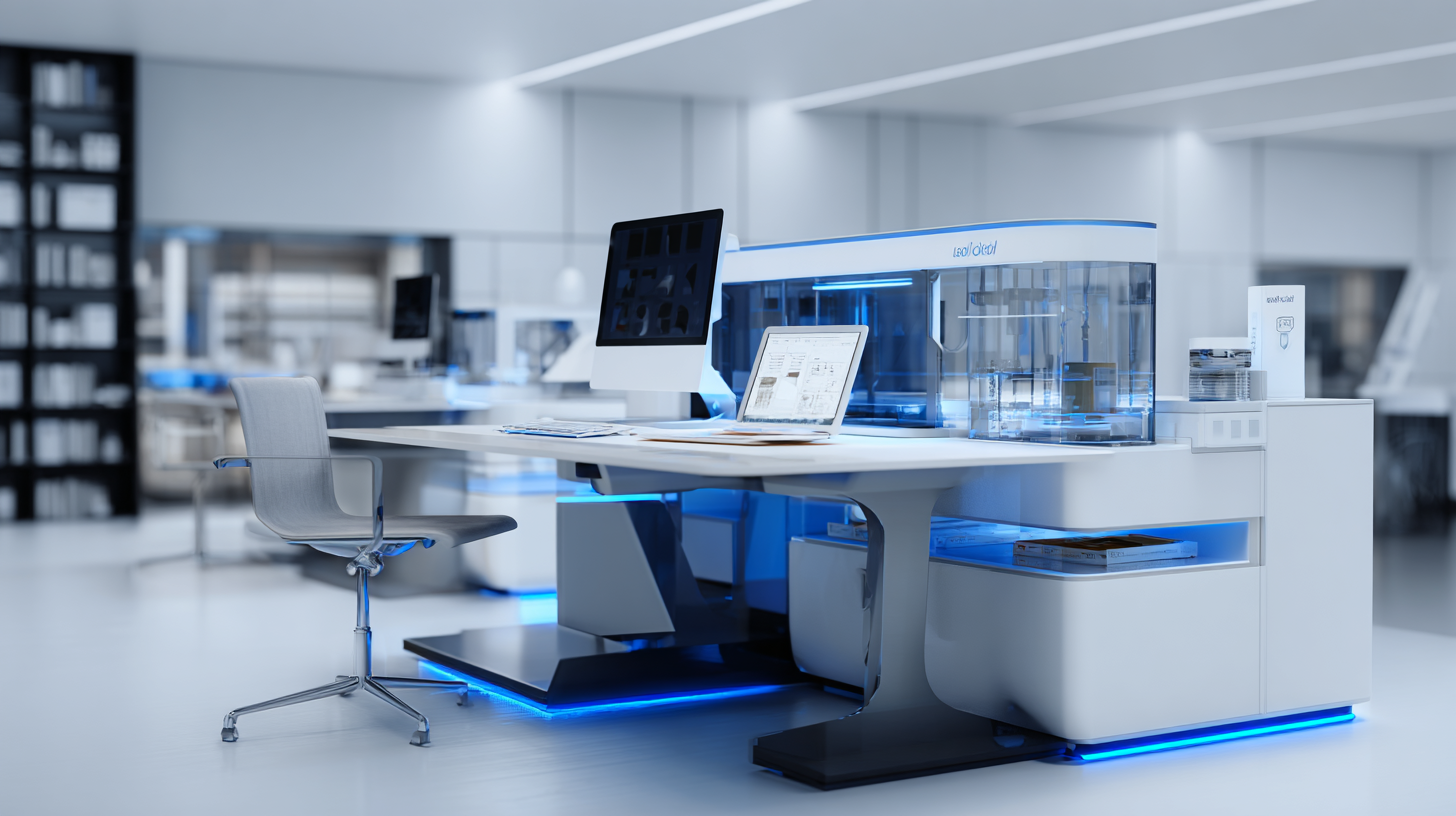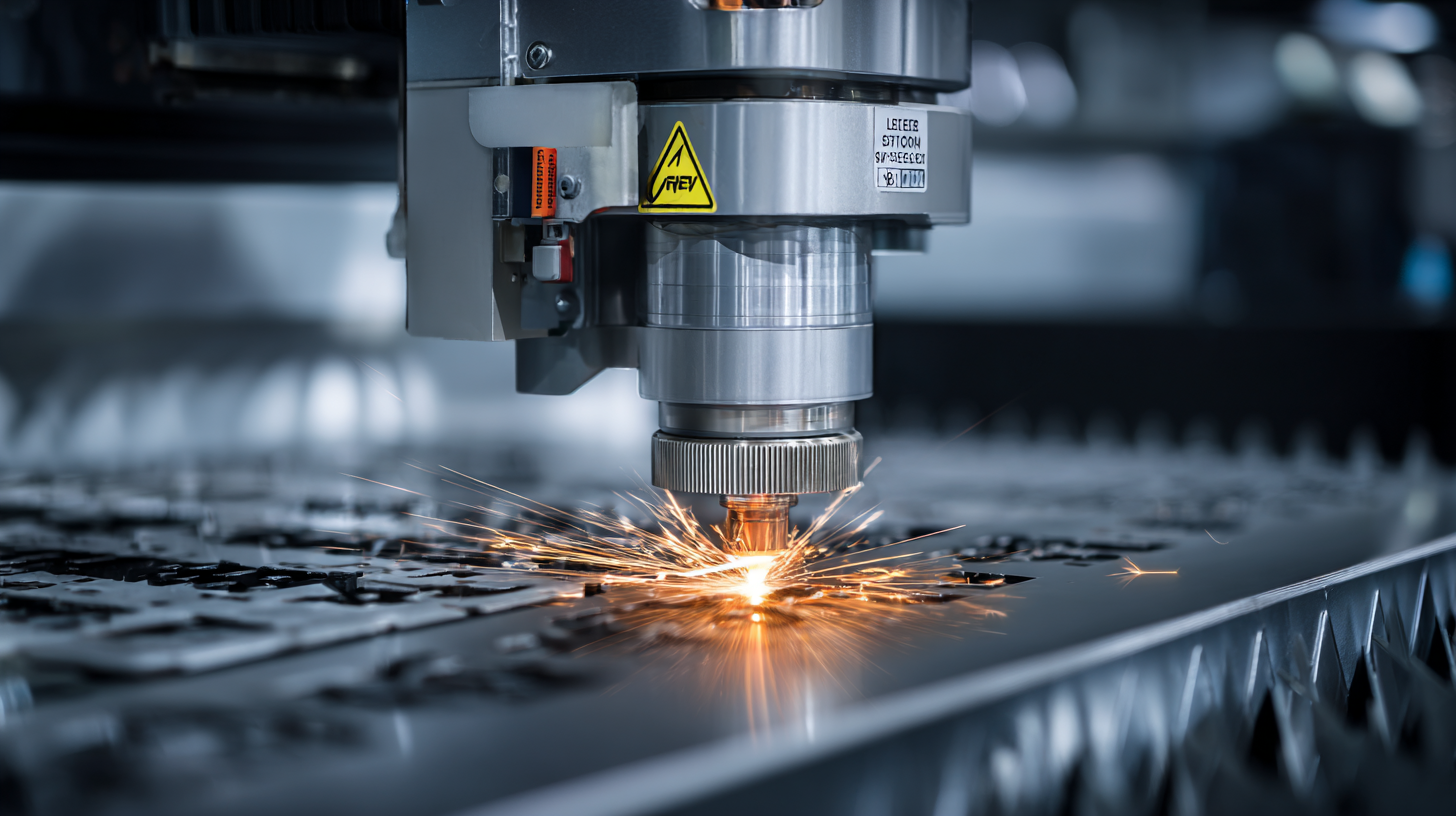The Future Landscape of Global Manufacturing in 2025 with Best Laser Cutting Machines
As we look ahead to 2025, the landscape of global manufacturing is on the brink of a transformative shift, driven largely by advancements in technology and innovative machinery. Among these innovations, the Laser Cutting Machine stands out as a pivotal tool that not only enhances precision and efficiency but also reduces production costs significantly. As manufacturers seek to remain competitive in an ever-evolving market, the focus on superior after-sales service and repair costs becomes paramount. This blog will explore the future of manufacturing through the lens of laser cutting technology, examining how these machines are set to redefine production processes, improve operational efficiencies, and ultimately, foster a more sustainable manufacturing environment. We will delve into the advantages that a cutting-edge Laser Cutting Machine brings to the table, including its role in elevating service quality and its implications for maintenance and repair strategies in the dynamic landscape of global manufacturing.

The Role of Advanced Laser Cutting Technology in Global Manufacturing
The role of advanced laser cutting technology in global manufacturing is set to transform the industry by 2025. With the global laser cutting machine market projected to reach approximately $5.6 billion by that year, manufacturers are increasingly adopting these precision tools to improve efficiency and reduce waste. Advanced laser cutting technology offers unmatched accuracy, allowing for intricate designs and tighter tolerances that are essential in modern manufacturing processes. According to a report by MarketsandMarkets, the demand for laser cutting machines is expected to grow at a compound annual growth rate (CAGR) of about 7.1% from 2020 to 2025, driven by their versatility across sectors such as aerospace, automotive, and electronics.
Tips for manufacturers considering laser cutting technology: first, invest in high-quality machines with features like automated focus adjustment and advanced software integration to maximize productivity. Second, ensure your team is well-trained on both the operational and safety aspects of laser cutting processes to optimize performance and minimize risks. Lastly, stay abreast of technological advancements and trends to remain competitive; for instance, consider options such as fiber laser technology, which offers greater energy efficiency and faster processing speeds compared to traditional CO2 lasers. As global manufacturing continues to evolve, embracing advanced laser technology will be paramount for companies aiming to enhance their production capabilities.
Innovations Shaping the Future of Laser Cutting Machines
As we look toward 2025, the landscape of global manufacturing is on the brink of transformation, largely driven by innovations in laser cutting technology. Laser cutting machines are becoming increasingly sophisticated, equipped with advanced features such as AI-driven automation and real-time monitoring systems. These innovations not only enhance precision and speed but also optimize material usage, making manufacturing processes more cost-effective and sustainable. Manufacturers are now able to achieve intricate designs with minimal waste, catering to the rising demand for customization in products.
Moreover, the integration of IoT (Internet of Things) into laser cutting systems is revolutionizing operational efficiency. These connected machines allow for seamless data exchange, enabling predictive maintenance and reducing downtime. With advancements in laser sources, such as fiber lasers, manufacturers are gaining the ability to cut through harder materials with unparalleled efficiency. As these technologies continue to evolve, businesses that embrace these cutting-edge laser cutting machines will not only enhance their production capabilities but also position themselves as leaders in a highly competitive market. The future of laser cutting is not just about efficiency; it's about redefining the possibilities of manufacturing itself.
The Future Landscape of Global Manufacturing in 2025 with Best Laser Cutting Machines
| Machine Type | Max Cutting Thickness (mm) | Speed (m/min) | Power Consumption (kW) | Automation Level |
|---|---|---|---|---|
| Fiber Laser Cutting Machine | 25 | 50 | 15 | High |
| CO2 Laser Cutting Machine | 20 | 30 | 20 | Medium |
| Mixed Laser Cutting Machine | 15 | 40 | 10 | High |
| Plasma Laser Cutting Machine | 30 | 35 | 25 | Low |
| Portable Laser Cutter | 10 | 20 | 5 | Low |
Sustainability Trends in Manufacturing: The Environmental Impact of Laser Cutting
The environmental impact of laser cutting technology in manufacturing is becoming increasingly significant as companies aim to align with sustainability trends. According to a 2023 survey on sustainable machining, the implementation of advanced laser cutting machines can reduce waste and energy consumption by approximately 30%. The precision of laser cutting minimizes the need for additional materials and cutting fluids, which have historically contributed to environmental degradation. This shift not only enhances operational efficiency but also meets growing consumer demands for sustainable practices.

As we look toward 2025, the integration of additive manufacturing processes is also influencing sustainability in the industry. A recent executive survey highlighted that nearly 70% of top executives believe that additive manufacturing is an environmentally preferable alternative to traditional mass production methods. By utilizing materials more efficiently and reducing the carbon footprint associated with logistics, companies can achieve significant sustainability goals. The commitment to these innovative technologies reflects a broader trend towards environmental responsibility in manufacturing, ensuring a greener future for the industry.
China's Manufacturing Boom: Leading the Way in Global Exports
China has long been a cornerstone of global manufacturing, and its prowess is set to redefine the landscape by 2025. As the world's largest exporter, China has leveraged advanced technologies and an extensive supply chain network to streamline production processes. This robust infrastructure not only enhances efficiency but also positions China at the forefront of various industries, from electronics to textiles. The nation’s commitment to innovation fuels its manufacturing boom, allowing it to adapt and thrive in a rapidly changing economic environment.

One of the key drivers of this growth is the integration of cutting-edge machinery, particularly laser cutting technology. The best laser cutting machines are revolutionizing manufacturing by offering precision, speed, and flexibility, which are critical in meeting the demands of a global market. As companies invest in these advanced tools, they not only elevate their production capabilities but also reduce costs and waste. Consequently, China's manufacturing sector is expected to maintain its leading role in global exports, with laser cutting machines playing a pivotal role in this evolution. The synergy of technology and manufacturing expertise ensures that China will continue to dominate the international market well into the future.
The Competitive Edge: How Laser Cutting Machines Enhance Production Efficiency
In the rapidly evolving landscape of global manufacturing, laser cutting machines stand out as a pivotal technology that significantly enhances production efficiency. Their ability to deliver precise cuts with minimal material waste not only increases output quality but also speeds up the manufacturing process. By utilizing advanced software and automation, these machines reduce the need for manual intervention, allowing manufacturers to streamline operations and lower labor costs. This shift not only boosts efficiency but also positions companies to respond more flexibly to changing market demands.
Furthermore, laser cutting technology provides a competitive edge by enabling manufacturers to achieve complex designs that were previously unattainable with traditional cutting methods. This capability opens doors to innovation, allowing businesses to differentiate their products and cater to niche markets. As the demand for customization rises, the versatility of laser cutting machines will empower manufacturers to produce intricate designs on a variety of materials, ultimately leading to enhanced customer satisfaction and loyalty. In this way, laser cutting machines are not just tools; they are vital assets that shape the future of manufacturing by unlocking new possibilities for productivity and creativity.
The Future Landscape of Global Manufacturing in 2025: Laser Cutting Machines and Production Efficiency
This chart illustrates the performance metrics of laser cutting machines versus traditional cutting methods in global manufacturing for the year 2025. Laser cutting machines demonstrate significant advantages in production speed, material utilization, energy consumption, and cost efficiency, showcasing their impact on enhancing production capabilities.
